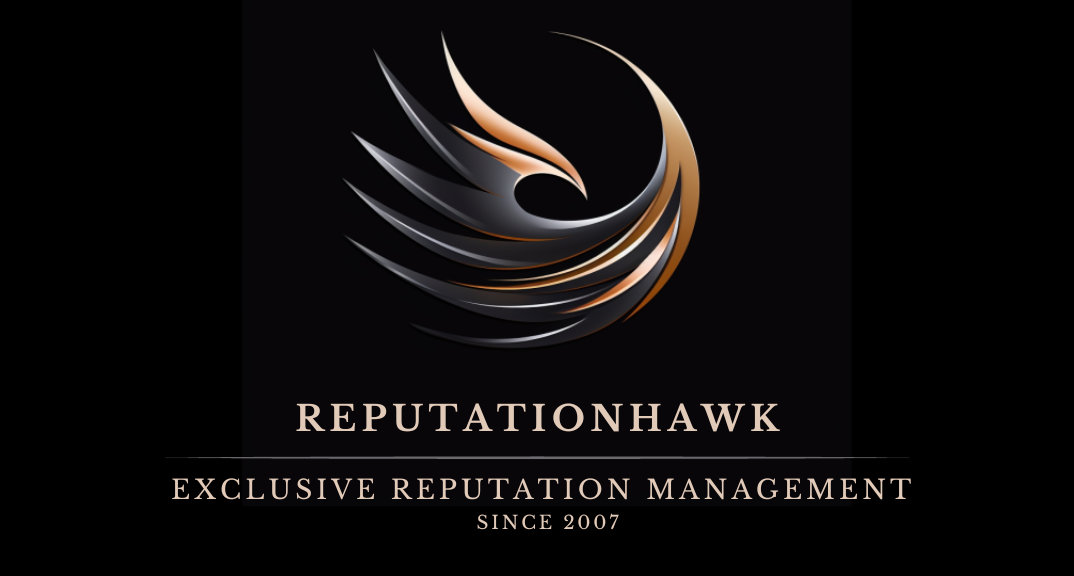In today’s fast-paced digital landscape, the lines between genuine content and fabricated narratives have become increasingly blurred. As businesses and professionals strive to build and maintain trust with their target audiences, the proliferation of fake content poses significant challenges to their reputation. Ensuring the credibility of a brand or individual has never been more critical.
Understanding the Rise of Fake Content
The term “fake content” extends beyond just news. It encompasses manipulated images, deepfakes, counterfeit endorsements, and misleading data graphs, among others. The advent of sophisticated technologies and easy-to-use editing software has made it simpler than ever for malicious entities to craft and disseminate misleading information, often with the intent to harm a reputation or manipulate public perception.
Implications for Brands and Professionals
Fake content can rapidly diminish trust, influence decision-making, and tarnish the long-established credibility of an entity. In an age where consumers are more discerning and skeptical, the repercussions of being associated with deceptive content, even unintentionally, can be severe.
Strategies to Safeguard Credibility
- Vigilant Monitoring: Utilize online reputation management tools to keep an eye on mentions and narratives associated with your brand. Being proactive can help address potential issues before they escalate.
- Promote Authenticity: Engage in transparency and open communication with your audience. Sharing behind-the-scenes insights, processes, and making use of verifiable sources can instill trust.
- Swift Response: In the event of misleading content being associated with your brand, address it promptly. An official statement or correction can neutralize the spread of false narratives.
- Educate Your Audience: Make your stakeholders aware of the risks of fake content. Sharing resources or offering workshops on discerning credible sources can empower your audience to differentiate between genuine and misleading content.
- Collaborate with Third-party Verification Services: Third-party endorsements, fact-checkers, and certifications can add an extra layer of trust to your content.
- Regularly Update Security Protocols: Ensure that your official channels are secure to prevent hacks or unauthorized posts that could disseminate misleading information.
In conclusion, in an age marked by information overload and the rapid spread of content, authenticity and credibility become the cornerstones of reputation management. By understanding the challenges posed by fake content and implementing robust strategies to counter them, brands and professionals can navigate this complex landscape with confidence.

